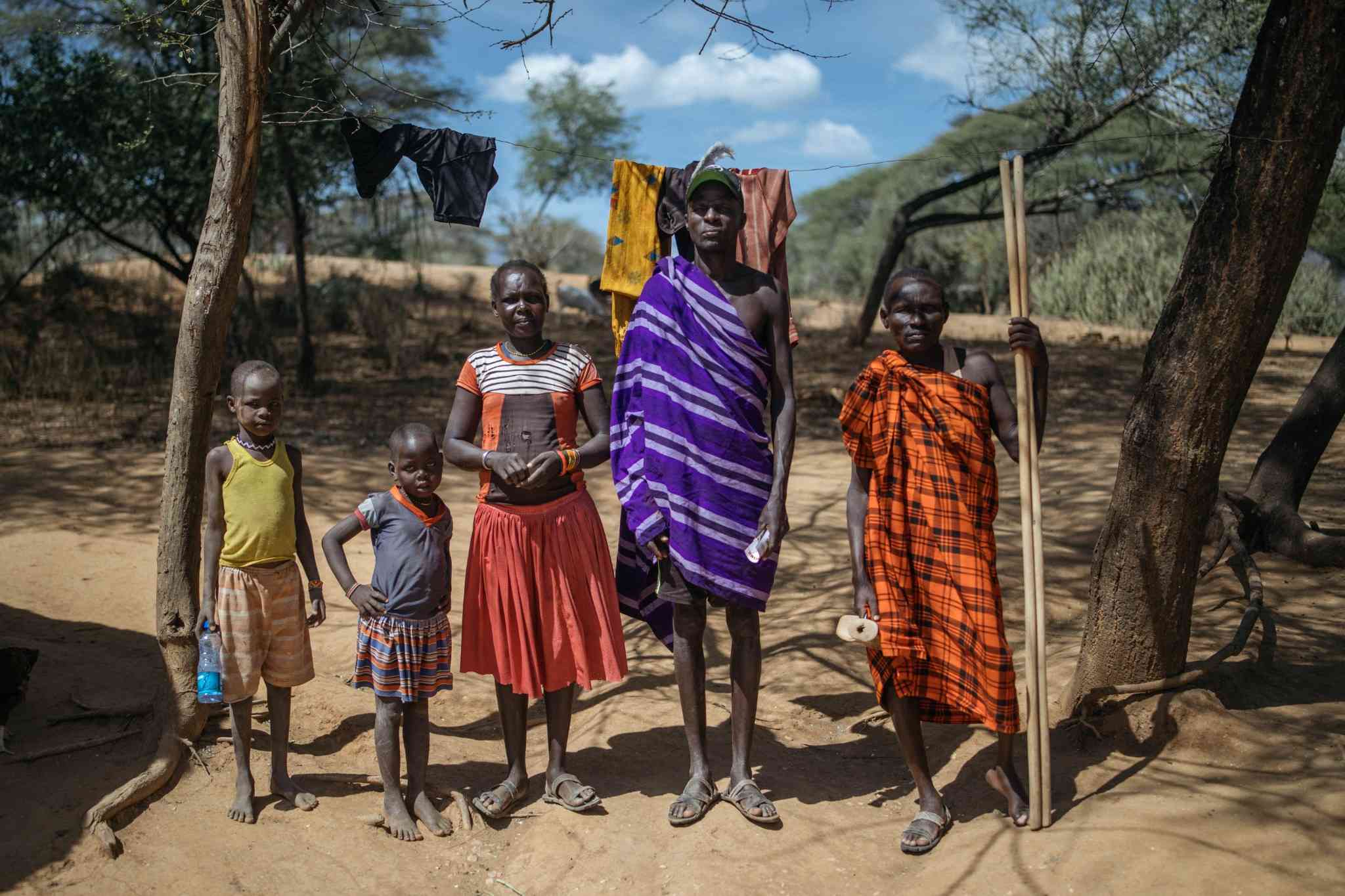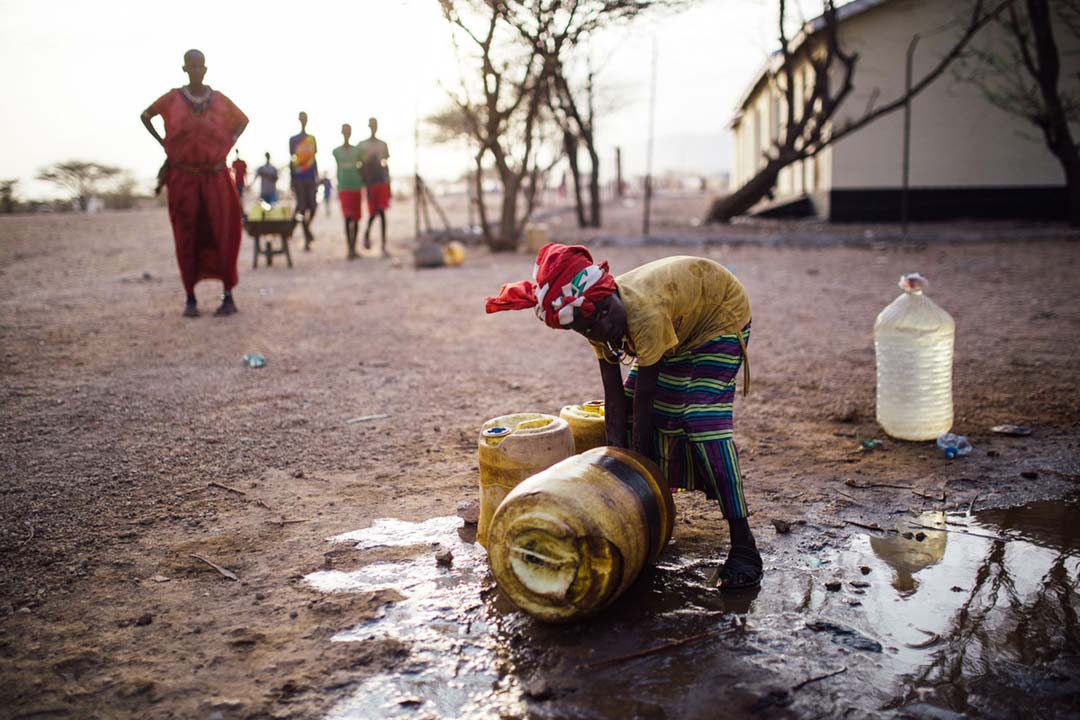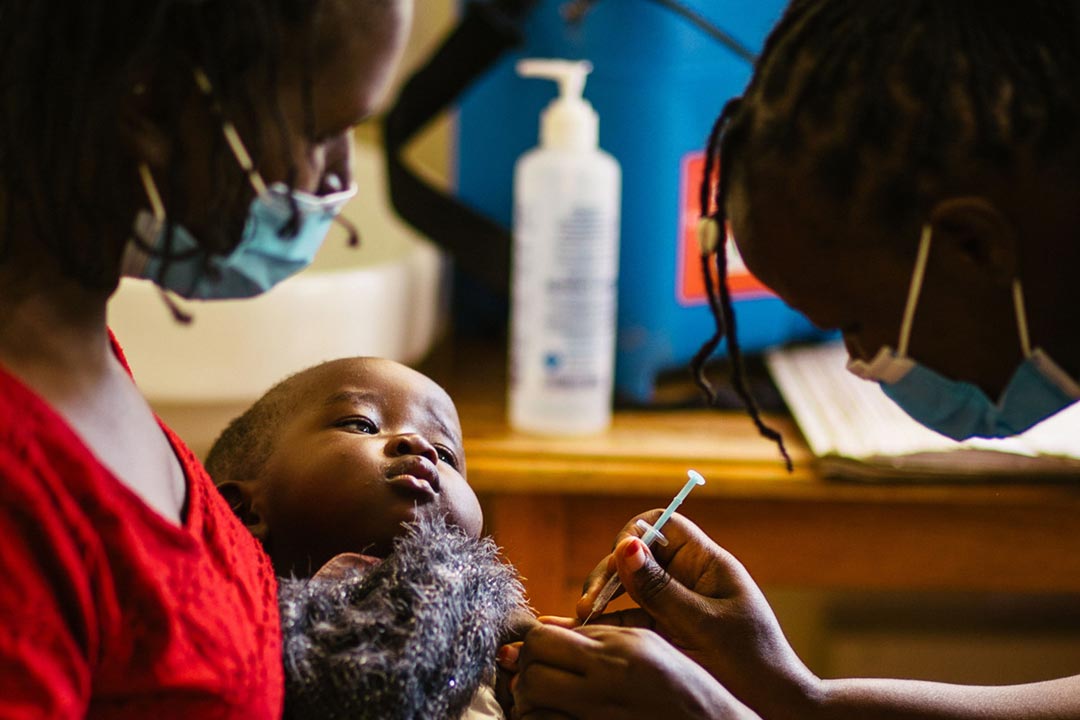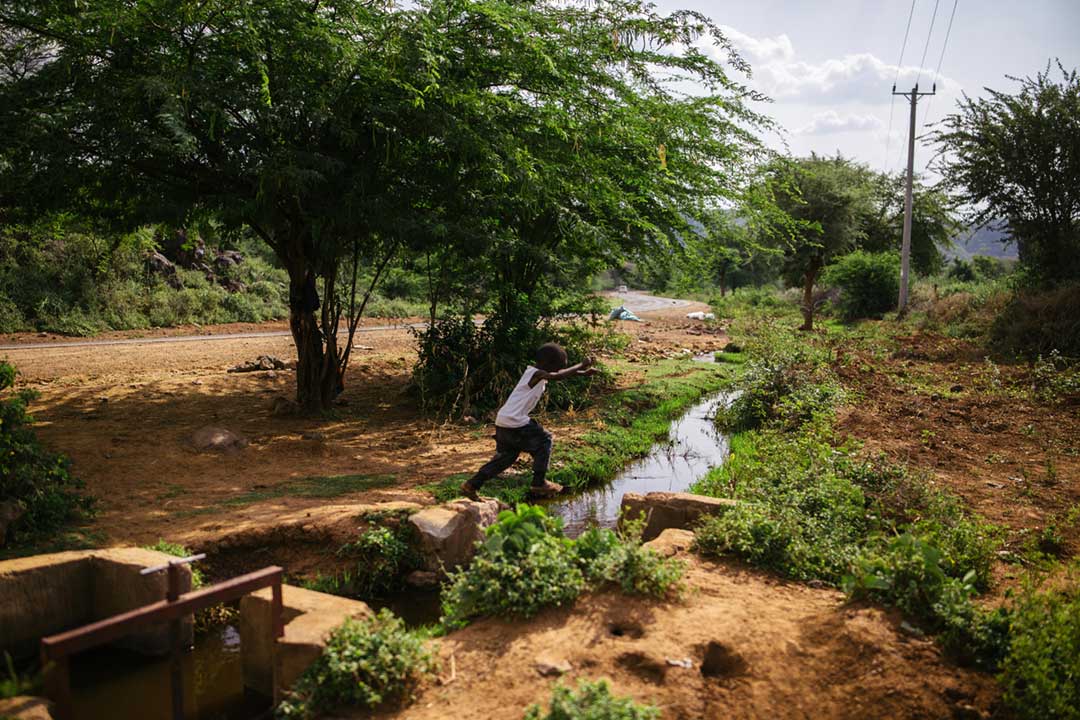"Malaria isn’t so big of an issue now, thanks to the vaccine”
In Kenya’s Lakeside and coastal districts, wet ground and wet weather spur seasonal malaria outbreaks. But the RTS,S vaccine may be prompting a sea-change, Kang-Chun Cheng learned in Kisumu.
- 25 August 2023
- 4 min read
- by Kang-Chun Cheng
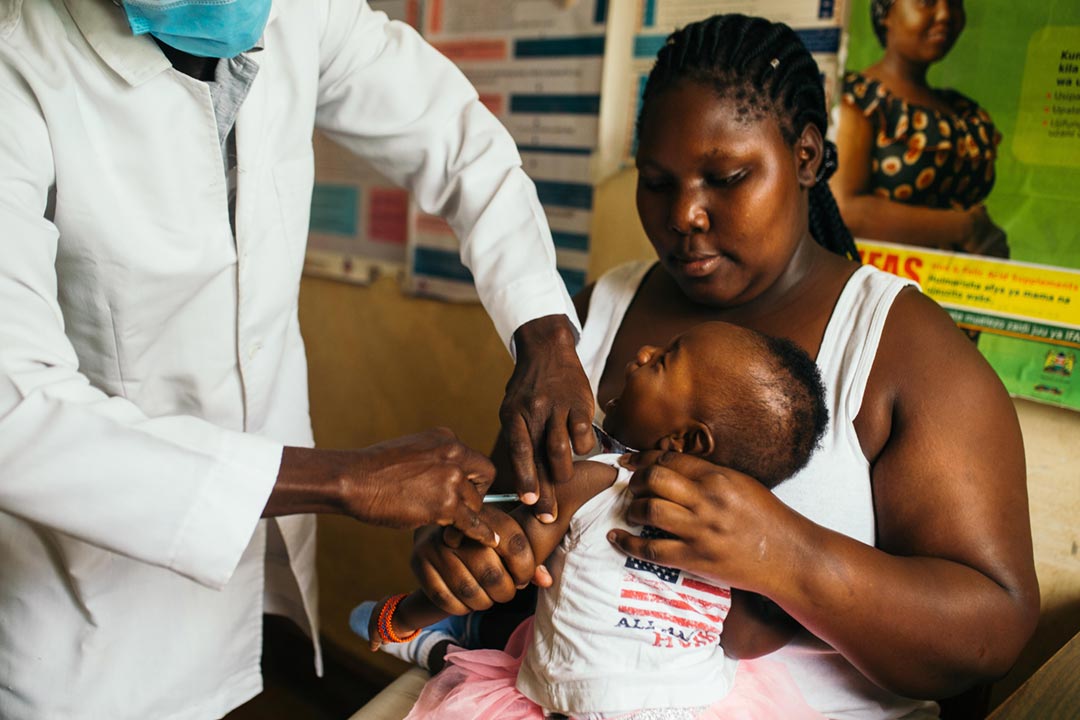
Kuto Chilumo, a medical parasitologist at the Kenya’s Ministry of Health, says it’s “like clockwork”: first come the long rains, then comes malaria.
“Malaria isn’t so big of an issue now, thanks to the vaccine. People here in my area, Nyalenda B, people are so happy because of it.”
– Mary Anne, mother
The long rains generally run from March to May in East Africa (although patterns are becoming increasingly erratic with climate change). Soon after, people living in malaria-prone places start coming down with the life-threatening mosquito-borne infection. Particularly susceptible counties include Kisumu, on the shores of Lake Victoria, Baringo in the Great Rift Valley, and Kilifi and Kwale, along the Kenyan coast.
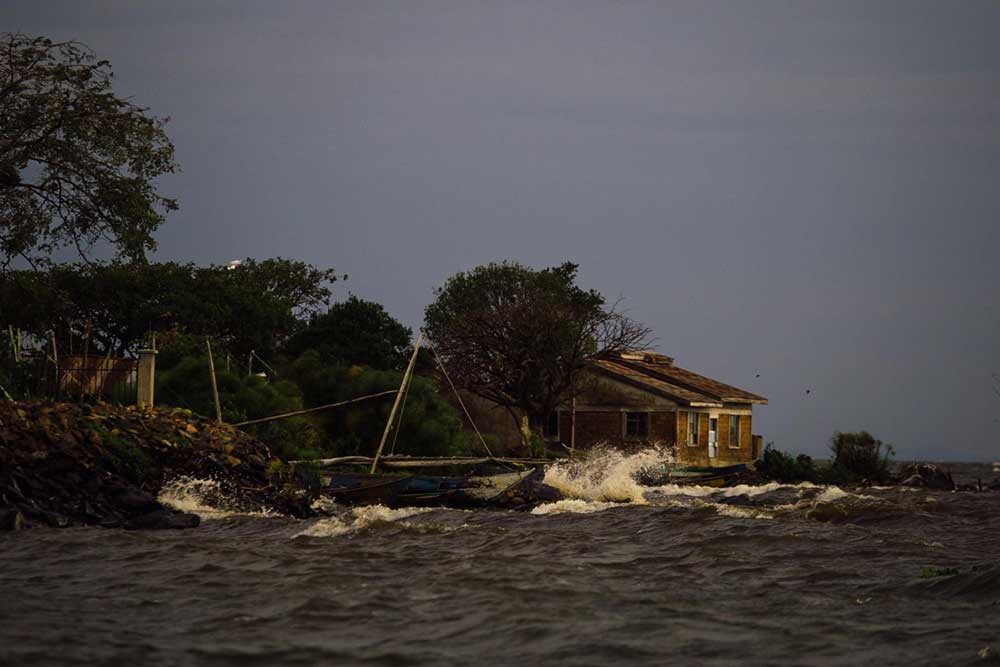
Credit: Kang-Chun Cheng
“We’re very aware of the dynamics between wet places and mosquito populations,” Chilumo says. Baringo, in central west Kenya, where Chilumo is based, has been experiencing flooding from increased rainfall over the past decade.
Chilumo continues: “Particularly in counties where facilities are far away and [are] impoverished, where there’s poor hygiene, outbreaks happen each year.”
But in 2019, Kenya started a pilot roll-out of RTS,S, the world’s first vaccine against a parasite, which targets Plasmodium falciparum, the world’s most dangerous malaria strain. Long in development and highly anticipated by the international public health community, the vaccine was approved for Gavi support by the organisation’s Board in December 2021. It’s expected to prevent the deaths of as many as 23,000 children a year if all high-incidence countries successfully administer the full course of vaccination to their eligible populations.
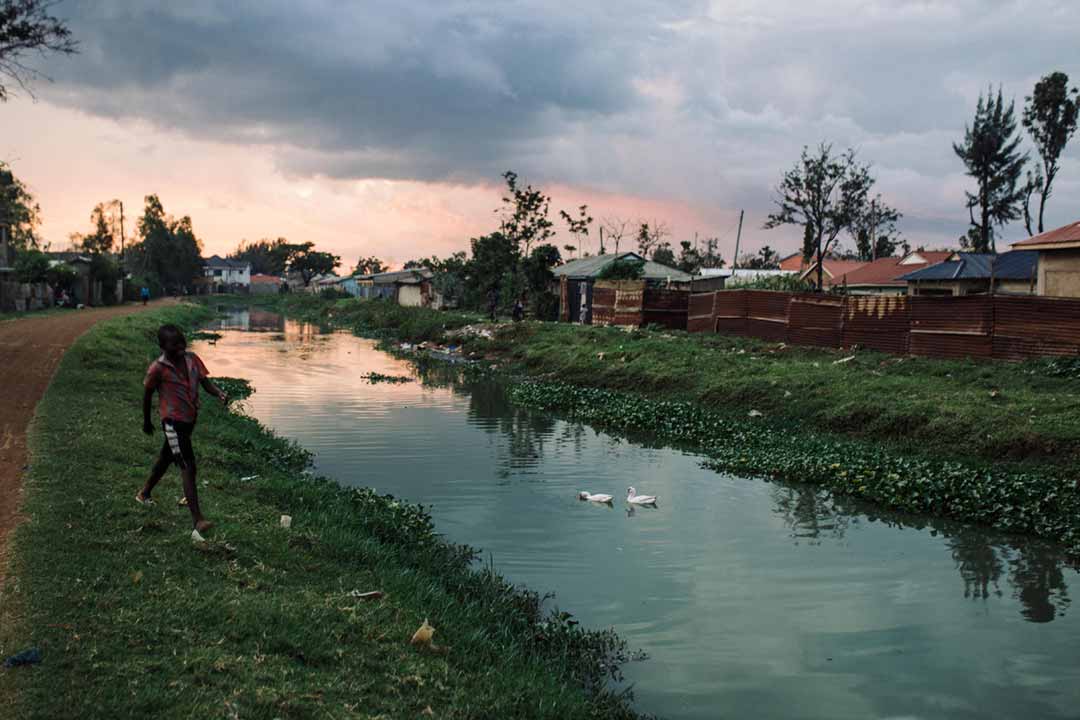
Credit: Kang-Chun Cheng
Have you read?
Faith Walucho, a single mother to two young girls, is a resident of Nyalenda B, an informal settlement on the outskirts of Kisumu. Her two-year-old younger daughter has received the full course of RTS,S vaccine. For Walucho, getting her daughter protected is a question of good parenting. She didn’t have the opportunity to raise her firstborn, she explains. “My mother helped take care of her. But this time, with my second child, I want to do things differently.”
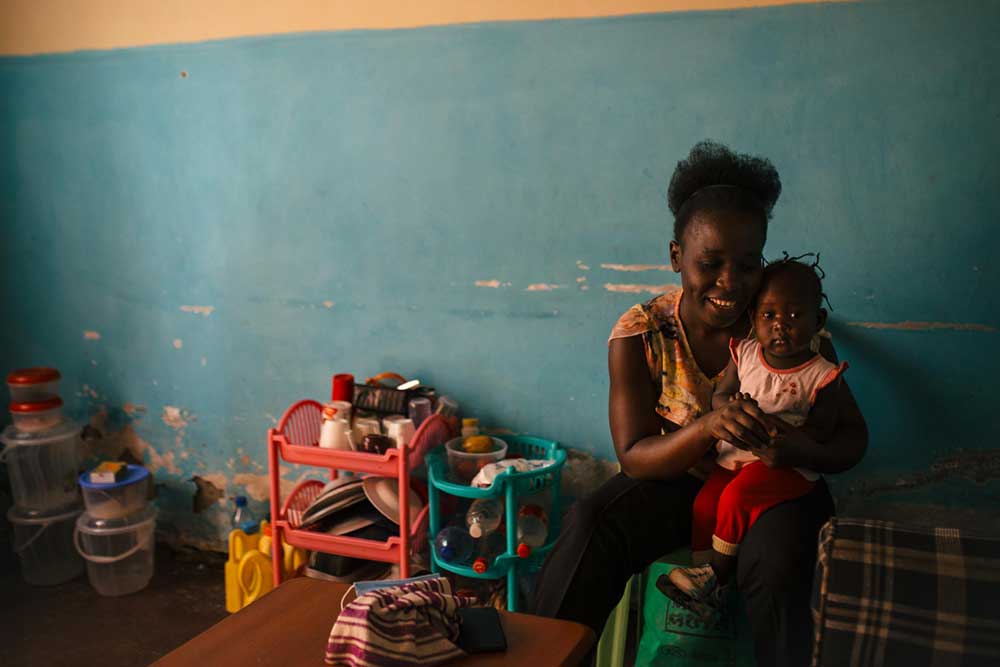
Credit: Kang-Chun Cheng
The RTS,S vaccine has specific requirements: it’s only given to children under 18 months of age, and it comes in four doses, which need to be administered at specific intervals to work optimally – a huge logistical challenge for many parents. The rate of protection from four doses hovers around 36%. That’s much lower than the protective rate for many vaccines that protect against viral and bacterial infections, but still a revolutionary shot at safety from the world’s deadliest parasite.
Chilumo says that a few years ago, he followed the development of the RTS,S vaccine during the pilot phase quite closely, hopeful about the changes it could bring to malaria-ridden counties. The signs are promising. In March, Health Cabinet Secretary Susan Nakhumincha hailed what she called a “dramatic reduction” in cases and hospitalisations from malaria in the areas where the vaccine has been administered over the past three years.
At ground level, there has been tangible progress. The RTS,S pilot recently transitioned into a part of Kenya’s national immunisation programme, joining the likes of the pentavalent and measles-rubella jabs as a routine childhood vaccine. Millions more children, in Kenya and in 11 other African countries, will gain access to the jab in the coming year.
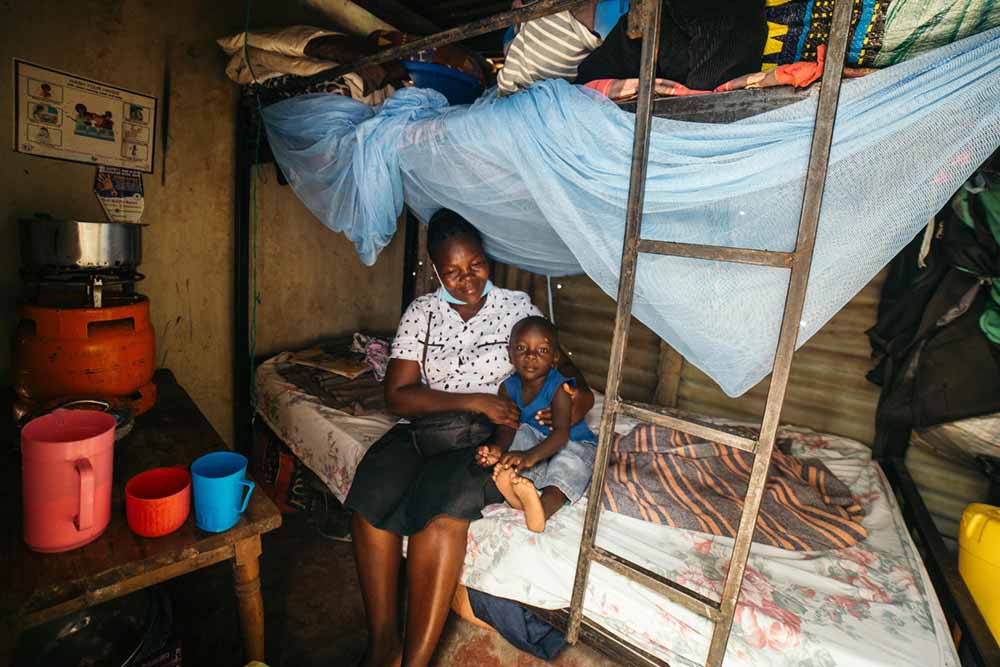
Credit: Kang-Chun Cheng
Mary Anne, another Nyalenda B resident, is the mother of twin boys, now four years and four months old. Thanks to her vigilance, they received all four doses of the vaccine at the right times. Her faith in the vaccine means that she has also encouraged other mothers in her community to do the same, so that the protection can extend throughout her community.
“Malaria isn’t so big of an issue now, thanks to the vaccine,” she tells VaccinesWork over the phone. “People here in my area, Nyalenda B, people are so happy because of it.”
